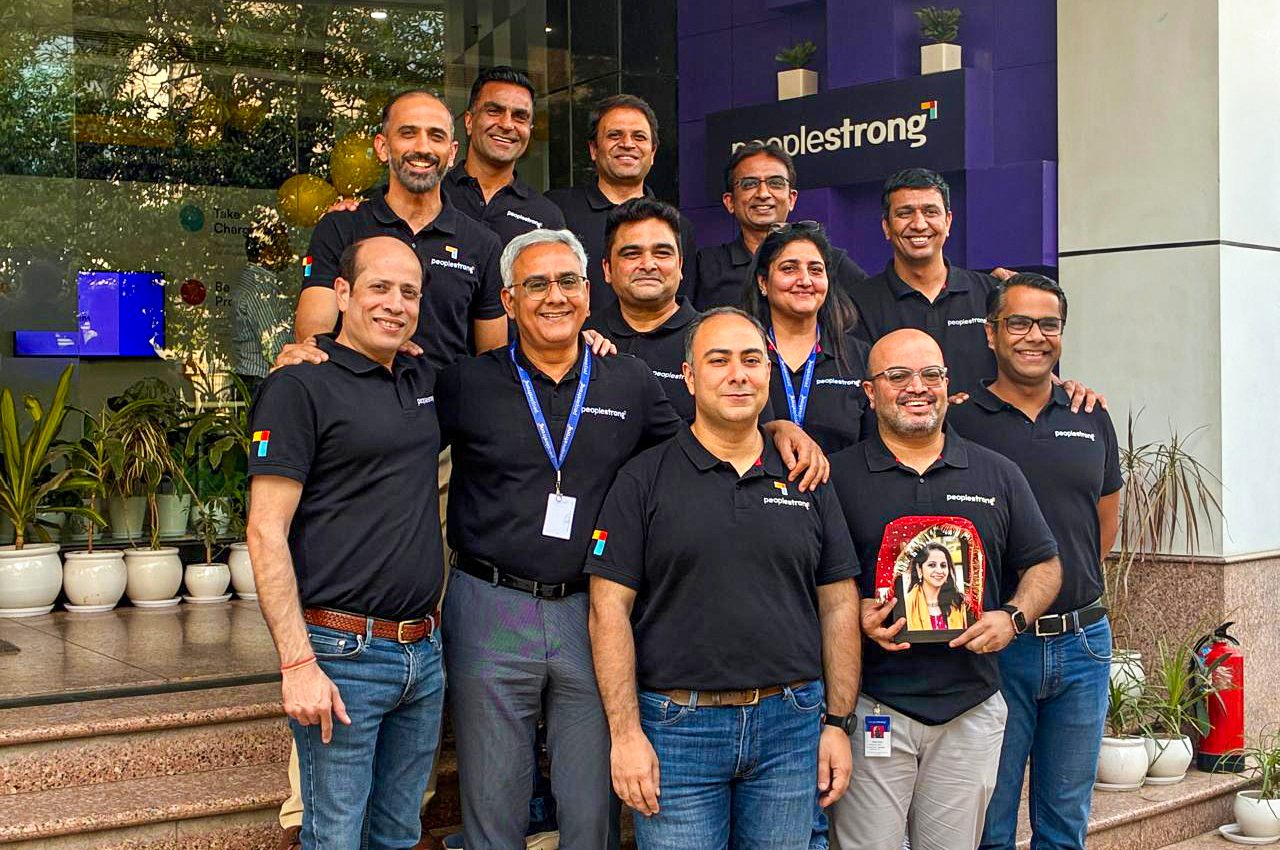COVID-19 has forced many companies to adopt flexible and remote working arrangements – hastening a trend that had threatened to disrupt the way we work for years now.
While this is a step in the right direction to keep in line with technological advancements, work-life balance and modern work approaches, there is another human resource practice that needs to be disrupted. Remote working brought about by COVID-19 can nudge employers to do so.
The performance review is a traditional HR method by which the job performance of an employee is documented and evaluated. It is typically conducted annually and is mostly a retrospective review of the past year’s work results according to pre-determined key performance indicators.
DO ANNUAL REVIEWS WORK DURING COVID-19?

According to the quarterly survey Randstad Workmonitor, in the first quarter of 2019, 47 per cent of respondents globally still have regular annual performance reviews despite as many as 88 per cent of them feeling that such performance reviews are a one-sided affair that is mainly used by the line manager to provide feedback.
The COVID-19 situation has only complicated matters.
Given that performance is measured and benchmarked only at the end of each year, most managers gravitate to other means to keep their team in check on a regular basis.
This means visually checking in your employee’s punctuality every morning and a headcount check on who is putting in extra hours at the end of the day.
Remote work at present may not allow managers to do this sort of monitoring. Although there are mention of companies where bosses mandate their employees to be logged onto Zoom the entire workday so that their movements can be monitored.
Clearly a better and more adaptive performance review process is needed to keep employees accountable, drive their performance and maintain the sanity of traditional managers.
NOT A FAIR GAUGE OF PERFORMANCE

The main grouse about the annual performance review would be its frequency.
Lumping everything good and bad over the span of 12 months and distilling it over one sitting towards the end of that period is not only daunting but perhaps not reflective of the employee’s entire gambit of contributions and value-add to the organisation for the entire year. It is almost like a workplace school exam every year.
There is also the lag effect – whatever that was formalised at the beginning of the year fails to adapt to what evolves over the next 12 months.
New scope of work may have been added or even a re-designation. The often overly generic catch-all performance review form can barely accommodate the change.
For instance, many office administrative executives are now being nominated to be in charge of safety management at the workplace.
With a wide scope of duties, it may take up considerable hours within a week. This may have a material negative impact on employees’ abilities to carry out their pre-defined scope of work and not accounted for by the performance benchmarks set earlier in the year and could result in a bad review by the year end.
If it is not well-documented, few can accurately recall what may have occurred over the earlier part of the period. It is then likely to lead to a “recency” effect as management tend to focus on what their employees had done in the few weeks or months leading up to the evaluation, rather than on what had been done over the duration of the year.
Such a system may be unfair to employees who had front-loaded their efforts in the earlier part of the year and either could not sustain them or did not have enough projects or opportunities to showcase their work in the later part of the year.
Some employees may also game the system by stepping up their performance closer to the evaluation exercise making the annual performance review an unequitable tool for the employer too.
A better and more adaptive performance review process is needed to keep employees accountable, drive their performance and maintain the sanity of traditional managers.
INEFFECTIVE IN MOTIVATING EMPLOYEES

Part of the annual performance review also includes a forced ranking of employees.
Developed in the mid-1980s by then-CEO of General Electric (GE) Jack Welch, it calls for employees to be distributed across a bell curve where 20 per cent are on top, 70 per cent of them are doing their jobs well but not excelling, and 10 per cent are hurting the company by underperforming and should be fired.
Much as this is heavily credited for the success of GE, it is also the same grading system that crippled Microsoft’s ability to innovate according to a 2012 Vanity Fair report.
Employees became so fixated on outperforming colleagues that they diverted their attention away from organisational goals to maximise individual success.
In any case, according to global advisory firm Gallup, annual performance reviews don’t really do the job in getting employees to improve productivity with only 14 per cent of employees strongly agreeing that their performance reviews help them to improve.
A REVIEW ITSELF IS USEFUL

It is unfortunate that many companies are still using such an archaic annual process. According to talent management platform provider ClearCompany, as many as 69 per cent of companies still rely on annual or bi-annual performance reviews
Simply increasing the frequency of the performance review can bring wider benefits to both employers and employees.
It could lead to a much better understanding of employees’ strengths and limitations if you see how their performance is progressing over relatively shorter periods of time, while regular feedback for the employee can help him better align his performance with expectations too.
Regular check-ins also make it easy to compare notes and minimise any form of miscommunication while keeping employees engaged.
According to Jim Harter, Chief Scientist at Gallup Research, engaged employees report 22 per cent higher productivity. The same organisations also see lower turnover and lesser safety incidents.
Most importantly, it shows that managers care and give their employees the time and opportunity to perform well.
Even Welch acknowledged that the annual process’ most important function is to provide candid feedback to the employee. “As a manager, you owe candour to your people,” he noted in a 2013 essay in the Wall Street Journal. “They must not be guessing about what the organisation thinks of them.”
REGULAR CHATS CAN DO THE TRICK

If candid feedback is its biggest value-add, and one that we agree employees can benefit from, then the key problem with annual performance reviews is primarily its frequency and one that can easily be addressed.
Instead of one big annual session, companies could consider weekly or monthly mini-sessions that allocate a dedicated period for check-ins.
Adobe, for instance, moved from yearly performance rankings to frequent “check-ins” where managers provide employees targeted coaching and advice, resulting in as many as 78 per cent of employees reporting that their manager is open to feedback from them – higher than before.
This can be done easily in real-time or remotely. Such a framework could be best adopted in the current remote working environment brought upon us by COVID-19.
Since managers currently don’t have face time with their employees, they simply need to schedule a weekly 10-minute chat with their staff to assess how they are faring and provide feedback.
This is especially since some of the traditional metrics used in performance review exercises such as punctuality and hours spent in the office may now be difficult to track.
BETTER EMPLOYEE ENGAGEMENT

Happier people do a better job and are more productive, according to a study conducted by the University of Oxford’s Saïd Business School.
Coupled with a quarterly performance snapshot to look back on the feedback and conversations that took place over the previous three months, both employees and employers can get clarity on performance relative to the quarterly goals and discuss concerns for the coming quarter.
It is no wonder that more companies are doing away with this annual exercise. According to a report in the Harvard Business Review, by 2016 more than one-third of US companies had done away with the traditional annual appraisal process.
Besides Adobe, other technology giants like Dell and IBM led the way, according to the article, joined later by Accenture, Deloitte, and PwC.
CAN BE MORE COST EFFECTIVE

Some may lament that doing weekly and quarterly sessions equates to a lot more paperwork compared to the annual performance review. And it isn’t environmentally friendly either.
Actually, structured annual performance review exercises can end up being costly affairs if you take into account the managers’ and employees man-hours in conducting the review, completing the lengthy paperwork before and after and any human resources solutions licensed or purchased.
The frequent short calls, on the other hand, could be a lot more effective with less resources employed.
Moreover, technological innovation in the performance space has also grown in leaps and bounds to help companies better organise and manage their people’s performance.
Affordable performance apps such as Performance Management Software are available in the market would not just digitalise that process but enable regular check-ins and the ability to provide real-time feedback with full analytical insights based on proven performance methodologies.
The key to this is still overcoming an archaic mind-set that is bent on using last century’s tools to manage current and future teams.
As organisations currently embrace themselves for disruptions in business models and how they work, it is also timely for them to review how they can build a happier, more engaged, and productive workforce through updated tools.
To learn more about how Performance can help you drive better engagement and productivity with more frequent check-ins, go to https://www.peoplestrong.com/performance-management-system/












